Machine learning with Scikit-learn
Learn the most important machine learning techniques using the best machine learning library available
3.48 (93 reviews)
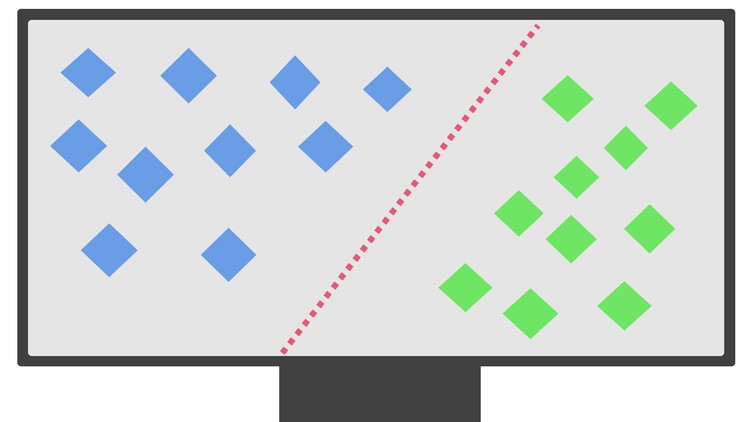
623
students
6.5 hours
content
Mar 2017
last update
$54.99
regular price
What you will learn
Load data into scikit-learn; Run many machine learning algorithms both for unsupervised and supervised data.
Assess model accuracy and performance
Being able to decide what's the best model for every scenario
Screenshots
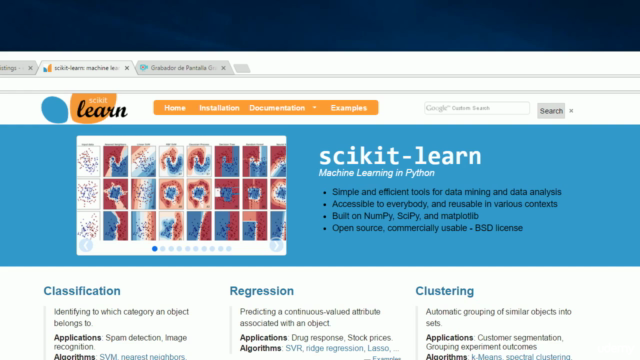
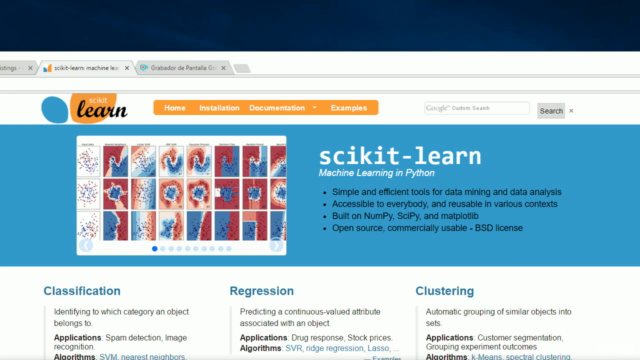
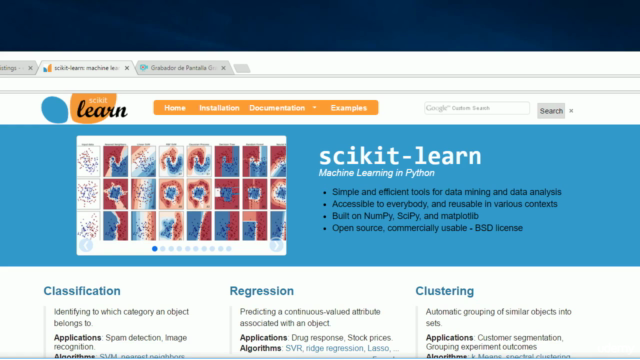
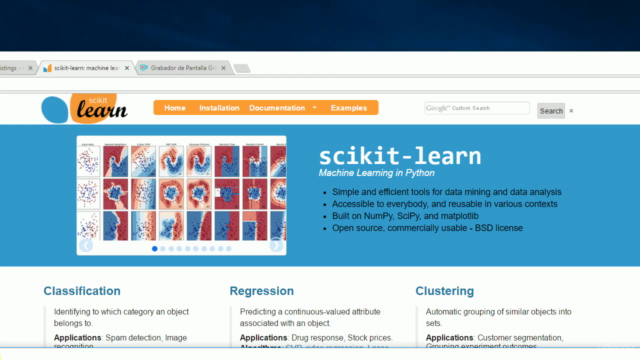
Related Topics
1019024
udemy ID
11/21/2016
course created date
11/22/2019
course indexed date
Bot
course submited by